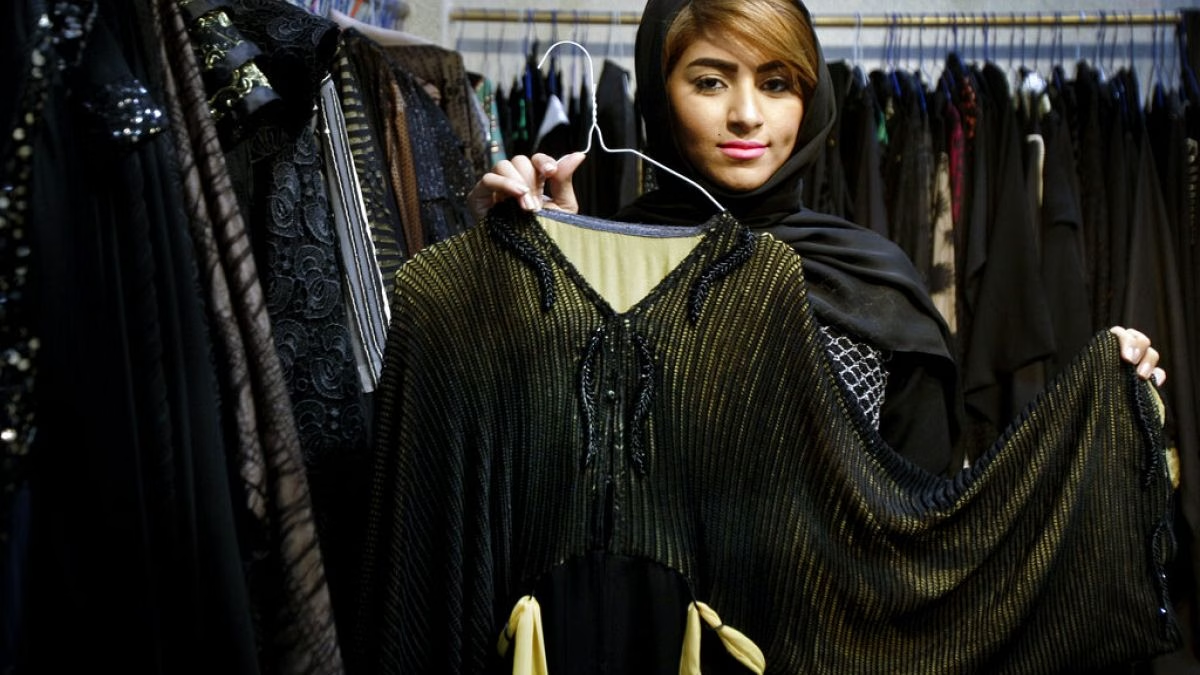The article, initially available in Arabic on the Euronews website, examines the abaya’s growing popularity in Arab markets during Ramadan. Traditionally viewed as a symbol of modesty and honor, particularly among women in the Arabian Peninsula, Middle East, and North Africa, the abaya is now experiencing a fashion renaissance. Designers are reimagining this traditional garment with modern, stylish twists, cementing its status as a quintessential component of the Ramadan season. Despite regional variations in its design and name—ranging from Jalaba to Qaftan—the abaya remains deeply rooted in the cultural and religious heritage of the Islamic world. The piece reflects on the abaya’s historical background, tracing its possible origins back to Mesopotamian times and its depiction in Islamic scriptures as a loose, modest garment. Over time, the abaya transformed from a practical piece of clothing for high-born desert-dwelling women into a symbol of Gulf culture, officially recognized by the GCC countries. In the contemporary fashion landscape, the abaya has evolved, adopting vibrant colors, an array of fabrics including velvet and silk, and intricate designs, while still retaining its essential traditional charm. Its appeal has spread to encompass not just the Arab world but also Oriental and African cultures, where it symbolizes a combination of cultural identity and the devotional atmosphere of Ramadan. The article contemplates the abaya’s future in the face of evolving styles and the garment’s potential transformation into a ‘hybrid’ piece that departs from its traditional roots.
Source: https://www.euronews.com/culture/2025/03/13/the-abaya-the-womens-outfit-thats-become-a-must-have-fashion-item-for-ramadan





